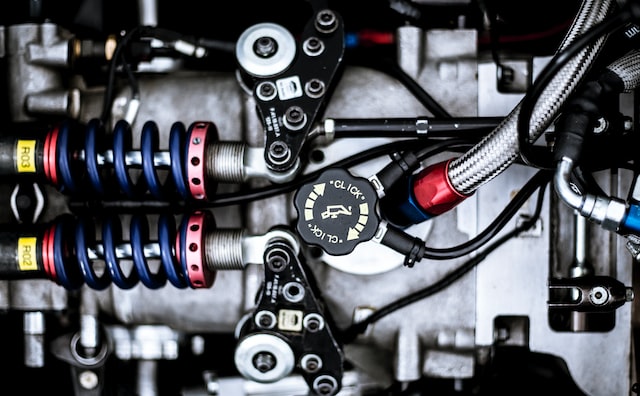Using a wastewater treatment plant’s dewatering system can help reduce the number of solids in a wastewater stream. However, when it comes to installing the equipment, there are several considerations you will need to take into account. This article will examine some of the critical components you need to consider.
Sludge Press
Sludge dewatering equipment must be installed properly to achieve the best performance. In general, mechanical dewatering methods are used to treat sludge. They include the following processes:
A sludge conditioning system may be incorporated to achieve immediate contact between sludge particles and a dilute polymer solution. The conditioning component may include flocculation, inline injection, or both.
Dewatering press components must be corrosion-resistant, preferably stainless steel or aluminum metals. They must also be created and delivered FOB to protect against shipment damage.
Typically, a single sludge press manufacturer can provide all the equipment and services required to install a complete sludge dewatering system at a guaranteed maximum fixed price. The manufacturer must demonstrate compliance with all applicable industry standards and provide operating and maintenance manuals.
Another one is aquatic vegetation management can be a challenging issue. The correct identification of the problem is the first step. Identifying the desired or unwanted plant is crucial for managing most aquatic plant species.
Belt Filters
Sludge dewatering is a mechanical process in which liquid and solids are separated. It is used to treat wastewater. Some usual functions are sand beds, pressure filters, and centrifuges.
A chamber filter press is another type of sludge dewatering system. The separation yields are high. In addition, they are easy to maintain.
A belt filter press is also an alternative dewatering method. This machine can effectively dewater many types of sludges. However, the throughput is limited.
A filter press is used in agriculture, the chemical industry, horticulture, and wastewater treatment. They are also used to treat the soil. Their lower energy and maintenance costs make them a good choice for small wastewater treatment plants.
A dewatering table often precedes belt filter presses. They can separate sludges as low as 1%.
Educator Systems
Educator systems are used in various applications, including liquid extraction, low-permeability soils, and deep wells. These eductor systems work through the Venturi effect, which draws groundwater with a localized vacuum. An educator system also stabilizes the ground within an excavation area.
When designing an educator, you should consider a few essential factors. The most critical is the entrainment ratio. This is the ratio between the secondary and primary flow rates. Depending on the nozzle geometry, the optimum exit for the ejector will vary.
In addition, an ejector’s performance depends on the flow field’s geometrical parameters. It is possible to calculate these dimensions based on the thermal conditions of the system.
Another primary consideration is the reversible entrainment ratio. A high reversible entrainment ratio means a more significant percentage of fluid can be drawn from the ejector. This is particularly important for steam ejector thermo compression vacuum pumps.
Lagoon Utilization
Dewatering equipment is an integral part of the solids management process. It helps to reduce the solids handling costs and also reduces the disposal costs. Dewatering equipment can also dewater sludge before further stabilization or disposal.
There are many types of dewatering equipment to choose from. Each method has a specific set of characteristics. However, selecting the right equipment can be simplified by incorporating four factors into your decision.
One of the most important factors to consider is your available area. The area must be large enough to handle the amount of liquid entering the lagoon. Consider the lagoon’s location and the surrounding soil.
Another factor to consider is the amount of rainfall entering the lagoon. Rain can cause sludge to build up. Therefore, the maximum storage capacity must be based on the precipitation expected to join the lagoon.
Wellpoint Systems
Dewatering equipment is used to separate water from solids. The kit uses centrifugal force to agitate the material and remove groundwater. There are several different dewatering technologies to choose from. Some are available with a fixed price guarantee. This includes all design information, spare parts, operation and maintenance manuals, and freight on the construction site.
The press manufacturer must provide all equipment and services for the guaranteed maximum fixed price. The manufacturer must have an established history and a proven track record of product production and service. They must provide clear step-by-step instructions on how to operate the system. In addition, the manufacturer must provide an operational interlock to protect the press from working incorrectly.
The manufacturer must also provide an O&M manual for the press, detailing each component’s proper use and care. These manuals must be delivered to the Owner before the media is installed. The manufacturer must supply two paper copies and an electronic copy in PDF format.

